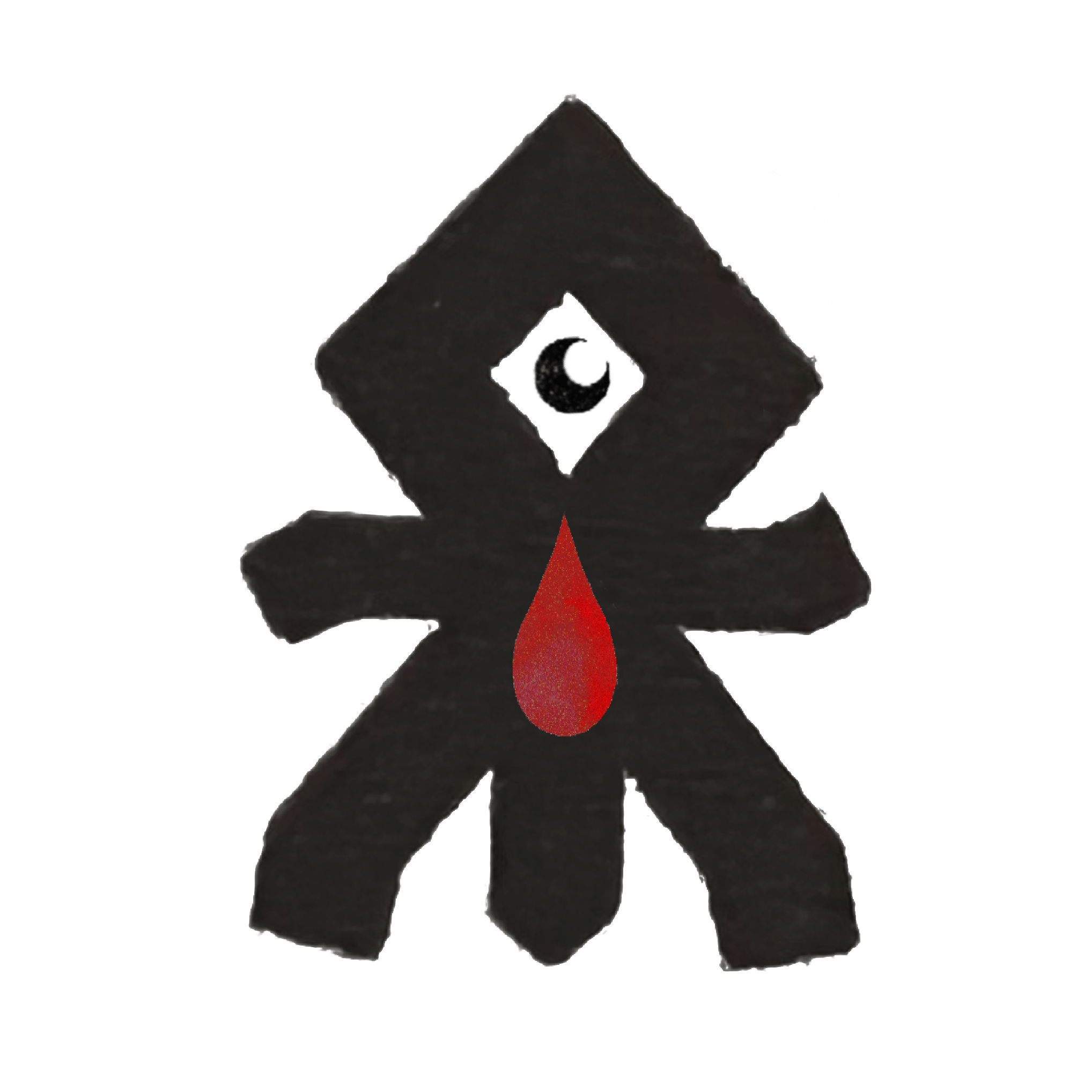on the 29th of September Michaelmas la fhéile Mícheal arrives. Just before this the equinox when the sun rises due east and sets due west, the night and day at equal measure directing the Milky way as it stretches across the sky, creating a giant cross. The Sun’s movement inscribes the line of balance across the sky dividing things into exactly two equal parts. A moment of poise and then onwards. It’s a very liminal astrological time (though not so recognised by the Gaels). This date is an interesting counterpoint to La Fheil Cailleach in March, in Autumn we celebrate…
Folk Practices
-
-
Chapbook on Scottish folk magic and herbalism (for the Scottish Radical Herbal gathering 2016)
by Scottby ScottWell, the first Scottish Radical Herbal Gathering is almost upon us and I’m very excited to be delivering a talk with them this year on scottish folk magic with a free chapbook provided. The programme for the weekend looks amazing and I look forward to hearing the contributions from others talking with anticipation. For me, it will be the first time I have talked at length about the subject of scottish folk magic and herbalism so I’m excited and perhaps a little nervous about it in equal measure. (Que the chamomile tea and kava perhaps!) As part of the presentation…
-
Lunastal. This time of year has always been special to me, which we try to align to the new moon or full depending. It marks the beginning of the “folk Autumn” season or second half of summer in the Celtic Calendar, midsummer. Nature’s signs tell us its time when we are able to gather the berries such as blae and bilberries and the collect the first raspberries. The fields of yellowing billowing wheat, barley and other grains, dotted with the red of poppy, as they are waiting to be cut. On Lammas Day The glad fly loses an eye Lùnastal…
-
Those following along on social media will know I have been discussing divination for a while and researching the below bit of Audio exploring authentic Scottish Prayers or charms to use as part of my divination practices. I happened across the below recording from 1950’s of a spoken charm from Uist for the Frith (I think). The Frith was undertaken on quarter days and this charm refers to that process at least I think it might do. There are many forms of divination used in Scotland and the Hag of the hills website has some great information about the different forms…
-
Midsummer, the summer solstice, St Johns mass (the birth of St. John the Baptist), An Fheill Sheathan – all these names recall a festival that is at counterpoint to Yul or Jul. Like the Winter solstice feast the summer solstice, though not ignored by the Gaels and other Celtic people were of much less importance to them than other Europeans. It’s suggested that the Celts didn’t divide their calendar by solstices. The largest traces we have of the solstice celebrations are, unsurprisingly, in Orkney and Shetland where the Scandinavian influences were strongest. Masons and Masonic lodges in later years also…
-
I get asked “what is a Folk Practitioner or what is folk magic?” on many occasions. I also get asked “what is the difference between what you do and what a witch does?”, “Is it witchcraft?”, “Are you religious?”, “Do you worship a lord and lady or speak to the de’il?”, “Do you follow the immanent and emanant mysteries of your gods?” and finally “Do you worship nature? Do you bang your drums and dance around?” This is no fault of anyone. Folk practices have been adopted in a lot of modern magico-religious approaches. This has caused a lot of confusion…
